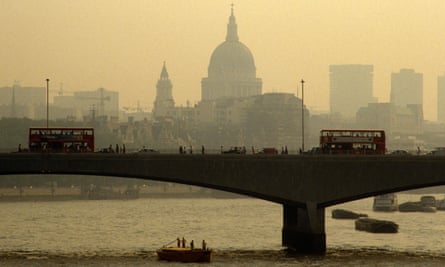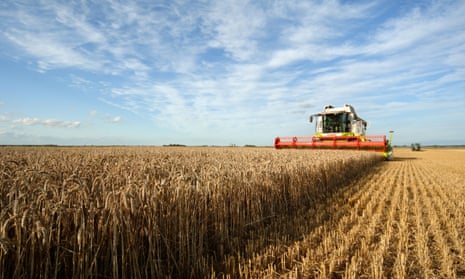We often think of ozone as a stratosphere pollutant, where it does a useful job blocking harmful ultraviolet radiation, but it is harmful to breathe and damages our crops, too. In a typical May, UK air pollution can reach between four and six on the government’s 10-point scale for a week or so. May 2018 was the hottest since records began in 1919. This brought air pollution problems to the whole of the UK except eastern Scotland. Air pollution reached level 4 or above on 30 days during the month and ozone was one of the main culprits.

Europe and the US can lose up to 12% of wheat yields to ozone each year, but the impact is worst in the poorest parts of the world, with losses of up to 25% across India and south Asia. Ozone can also attack mung and soya bean crops that are important sources of protein in India.
With no global agreement to control the pollutants that form ozone at ground level, this problem will only get worse. In some countries increased agricultural losses will partially offset economic growth over the next decade. The race is on to find crop varieties that are better able to resist this air pollutant.

Comments (…)
Sign in or create your Guardian account to join the discussion